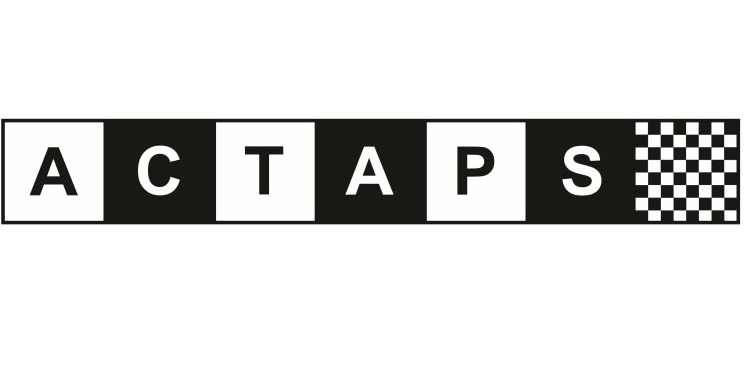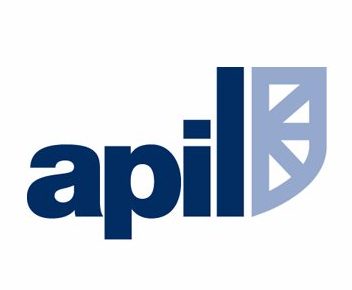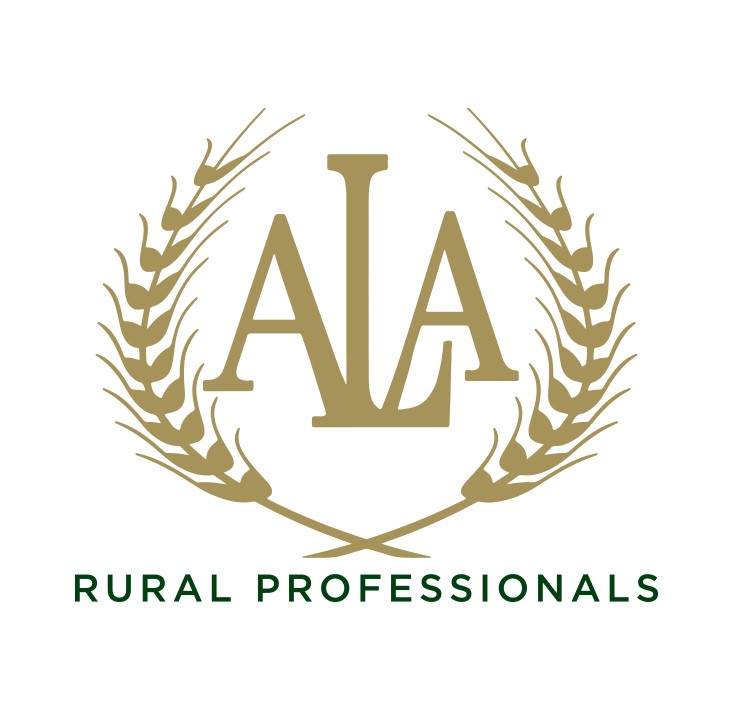Coronavirus Furlough Scheme Update
As of 17 April 2020
On 20 March 2020 the government announced the Coronovirus Job Retention Scheme (CJRS) which allows employers to claim a grant from the government of up to 80% of their employee wage costs for furloughed employees, capped at £2,500 per month. This scheme introduced us all to the concept of “furlough” which is an entirely new concept in employment law.
HMRC released initial guidance on the CJRS on the government website on 26 March 2020. That initial guidance was updated and revised on 4 April and again on 9 April.
Two days ago, on 15 April 2020, the HMRC guidance was updated for the fourth time. You can see the latest updated guidance for employers at:
https://www.gov.uk/guidance/claim-for-wage-costs-through-the-coronavirus-job-retention-scheme
and for employees at:
https://www.gov.uk/guidance/check-if-you-could-be-covered-by-the-coronavirus-job-retention-scheme.
On the same day, Chancellor Rishi Sunak issued a Treasury Direction setting out the terms of the CJRS (the Treasury Direction). The Direction can be downloaded at:
The Direction clarifies and repeats some of the government guidance but also appears to change some previous guidance and to conflict on some points with the current HMRC guidance.
All employers who intend to claim a grant through the CJRS should read both the HMRC guidance and the Treasury Direction and continue to check for further updates, although we don’t know at this stage whether there will be any further changes between now and 20 April 2020 when the online scheme portal is due to open.
Key changes
The following is a summary of the key changes and revisions.
- Need for an agreement in writing
The Treasury Direction introduces a requirement that furloughed employees must have been given an instruction by the employer “to cease all work”. It also states that, in order for an employee to qualify as furloughed, the employer and employee must have agreed in writing that the employee will cease all work in relation to their employment.
This is a change from the original HMRC guidance which merely required employers to designate an employee as furloughed. It also appears to conflict with the current revised HMRC guidance which only requires the employer to confirm in writing to the employee that they are furloughed.
Large numbers of employers will already have sent “furlough letters” to their employees, in the most part drafted in line with guidance at the time. Those letters should now be reviewed to ensure that they do give an instruction to the employee to cease all work (or something similar at least). Employers should also ensure that the employee not only received the furlough letter but also either signed and returned it, or else confirmed their acceptance in writing in some other way, such as by email. If existing letters are not compliant, employers may need to write to their employees again to fix the issue. However, there is some concern amongst employment lawyers that the Treasury Direction requires employers and employees to agree in writing before the employee was furloughed. This would mean that employers who did not get this agreement would not be able to claim reimbursement under the CJRS. If that is the case, those employers may be left with having to bring a claim for Judicial Review.
It does not appear at the moment that employers have to send a copy of their furlough agreements to HMRC at the point of claiming but HMRC does have the power to audit later on and therefore employers should have their paperwork in order in the event it’s needed in the future.
- Change to payroll reference date
The payroll eligibility date for the CJRS has now been changed from 28 February 2020 to 19 March 2020 in order to allow more employees to be included within the scheme. In order to claim, the employer must now have a PAYE scheme registered on HMRC’s real time information (RTI) system on 19 March 2020.
- No need for potential redundancies
Initial guidance said that the CJRS scheme was designed to cover employees who would otherwise be laid off or made redundant by their employer. The Treasury Direction appears to remove this requirement. The CJRS will be open to employees furloughed as a result of the coronavirus pandemic and the consequences of it.
- Furlough and Holiday
Unfortunately we still do not have guidance from HMRC or the Chancellor about how holiday and furlough work together. The Treasury Direction doesn’t deal with this issue. Acas guidance currently says that holiday can be taken while on furlough and that the employee should get their full pay for that holiday. Whether HMRC agrees, remains to be seen.
Some employers are taking a cautious approach and either not allowing holiday during furlough (and allowing carry-over if needed) or, alternatively, asking employees to take holiday at the end of each 21 day furlough period. The aim of the latter is to prevent the minimum 21 day furlough period being interrupted, thereby preventing the employer from being able to recover it’s wage costs through the CJRS.
- Shielding employees
The Treasury Direction confirms that employees who are shielding are eligible for furlough, as are employees who need to stay at home with someone who is shielding.
- Furlough and sick leave
Again, there seems to be an inconsistency between the Treasury Direction and the HMRC guidance on the interplay between furlough and sick leave.
The Treasury Direction provides that employers cannot claim furlough pay for employees who qualify for statutory sick pay (SSP) at the point the employee was furloughed until that period of sickness ends. Employees who are furloughed and then fall ill will qualify for the grant. However, this appears to conflict with the HMRC guidance which says that employees who are off work sick can be furloughed. As the Treasury Direction takes precedence over the HMRC guidance, we think that the Direction should be followed.
- TUPE transfers
The HMRC guidance confirms that employers are entitled to claim under the CJRS for employees transferred to it after 19 March 2020 if either TUPE or PAYE business succession rules apply to the change in ownership. Given that the guidance refers to a “change in ownership,” it seems that service provision changes may be excluded from this although that is not clear.
- Re-hiring employees
Employees who were made redundant, or stopped working for an employer for whatever reason, on or after 28 February 2020 can be re-hired and then placed on furlough. HMRC guidance clarifies that this is the case even for employees re-hired after 19 March as long as they were on the employer’s payroll and had been notified to HMRC on an RTI submission on or before 28 February 2020.
- Salary reference date
Furlough pay was originally to be calculated based on the employee’s salary as at 28 February 2020. However, this has now been changed. For employees with fixed salaries, furlough pay is now calculated based on the employee’s last pay period before 19 March 2020. For employees with variable pay, the method of calculation depends on length of service. Further details are provided in the Treasury Direction.
HMRC guidance, however, says that employers who have already used the original salary reference date can use it for their first furlough claim if there is a difference between the two calculations. Subsequent claims would have to use the revised reference date.
- Online portal
The online portal is due to open on 20 April 2020. Employers should continue to check the HMRC guidance for further updates and read through the Treasury Direction to ensure they have all the information needed ready to submit their claim.
- How long with the scheme last?
The CJRS was originally set to run until 31 May 2020. However, the government has announced this afternoon that it will be extended until at least the end of June 2020. Whether it will be extended again remains to be seen.
These are some of the main highlights but employers are advised to read the guidance in full. We are on hand to answer any questions you might have.
Peace of Mind in Difficult Times
In uncertain times, the only thing we can say for certain is that nothing will stay the same for long.
It is entirely possible, therefore, that new legislation will have been introduced which will mean that all or part of this briefing no longer reflects the current law.
Because of this, we ask you to consider that, although correct at time of writing, information in this sheet may no longer be up to date and it is always best practice to consult with a lawyer about anything contained in this briefing.
Although our office doors are closed, our lawyers are still available to help answer any of your questions about this or any other legal concern you have.
Please contact Fraser Dawbarns directly for up-to-date information on your specific circumstances.
Related Articles
Recommended By The Legal 500 Directory*
*We are recommended for the following practice areas: Corporate and Commercial, Debt Recovery, Employment, Personal Injury: Claimant, Agriculture and Estates, Contentious Trusts and Probate, Family, Personal Tax, Trusts and Probate & Commercial Property.
ServicesContact
















